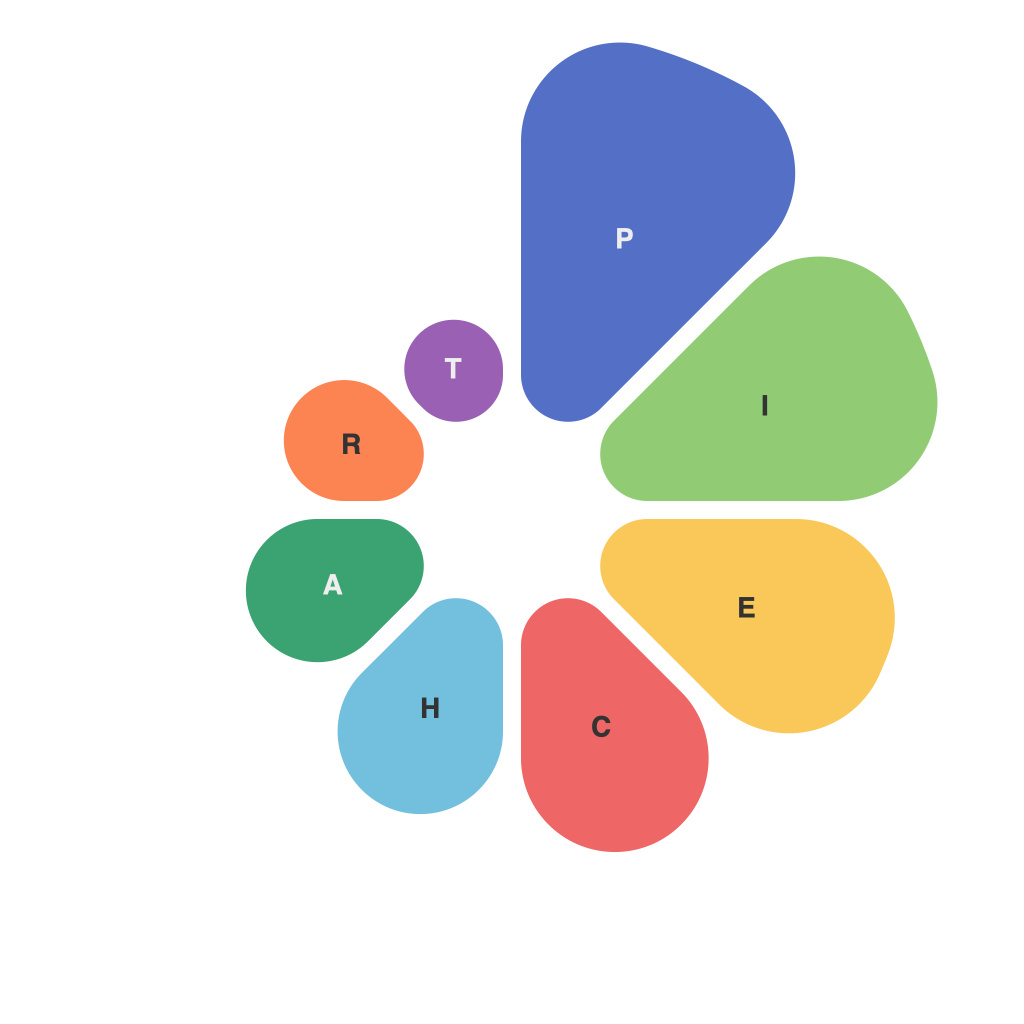In this digital age, where visual storytelling is the norm, the humble pie chart has become an indispensable tool for communicating complex data with ease. However, crafting the perfect pie chart is not as straightforward as it may seem. From selecting the right elements to presenting the information effectively, there’s a science to piecharting that few truly master. That’s where PiechartMaster comes in — as your ultimate resource guide to piechart mastery, PiechartMaster delves into the intricacies of pie charts, offering invaluable secrets to turn your data into compelling stories.
Understanding the Art of the Pie Chart
To begin your journey, it’s essential to have a clear understanding of what a pie chart is and its primary function. A pie chart is a circular graphical representation of data, where each section of the chart represents a portion of the whole, allowing for a quick comparison of proportions. Mastering this visual depiction lies in the nuances of its construction.
The first step towards piecharting prowess is selecting the right data. Pie charts are best suited for comparing whole numbers or percentage distributions. They excel at showing proportions, making them a great choice for illustrating market share, survey results, or budget allocations. PiechartMaster imparts the wisdom that using pie charts for data that can be easily compared across categories or that have a low frequency of categories is ideal.
Breaking Barriers: Slice Design
Once you have the right data, the next step is to slice it effectively. Slices need to be distinct and clear, allowing viewers to decipher the information without error. PiechartMaster advises that color is your best friend here. Choose colors that are not only pleasing to the eye but also that make it easy to distinguish different slices. The guide emphasizes the balance between too many slices and too few, recommending a maximum of 7-10 slices to maintain legibility.
Ordering and Orientation
Pie charts can be presented in multiple ways, but the order and orientation greatly impact the viewer’s experience. PiechartMaster offers expert tips on arranging slices, advocating for a logical progression of colors and a clockwise arrangement based on the data. They also reveal the secret that the largest slice should ideally be placed at 12 o’clock if the slice labels are to be placed in the middle, maintaining the pie chart’s balance.
Labeling Logic
Just as the organization of slices is key, so is proper labeling. Labeling correctly positions pie chart text for optimal legibility. PiechartMaster encourages you to label every slice clearly to avoid confusion. If a slice’s content extends past a point where it becomes unreadable, PiechartMaster offers a workaround: include the slice in the label text or use a label with a tail pointing back to the slice.
The Hidden Secrets of Pie Charts
PiechartsMaster also sheds light on the ins andouts of utilizing pie charts effectively through best practices:
1. **Focus on the Message**: Always keep in mind the message you want to convey. Don’t overwhelm the viewer with overly complex information.
2. **Use of Animation**: To enhance the storytelling, PiechartMaster suggests using slight animations to draw attention to the pie chart’s important details, but never at the expense of clarity.
3. **Avoid Misconceptions**: Be aware of misrepresentations that can occur if percentages are used within slices. Make sure that the slices accurately size according to their proportion.
4. **Data Context**: It’s not enough to show the data. PiechartMaster teaches you to add context to your pie charts by including a title, a legend, and source citation to enhance storytelling and credibility.
5. **Integration with Others**: Use pie charts in conjunction with bar charts or line graphs to balance the advantages of pie charts with the ability to show change over time or multiple comparison criteria.
PiechartMaster: Your Guardian of Pie Chart Perfection
In conclusion, the art of pie chart mastery goes beyond the creation of a visually appealing chart. It’s an understanding of how to present data that resonates and informs. Whether you are creating pie charts for a professional setting or for personal projects, PiechartMaster is there to guide you through every step. With secrets and tips from the resourceful guide, you’ll be well on your way to designing pie charts that not only convey data accurately but also captivate an audience, leaving no mystery in piechart creation, only mastery.

